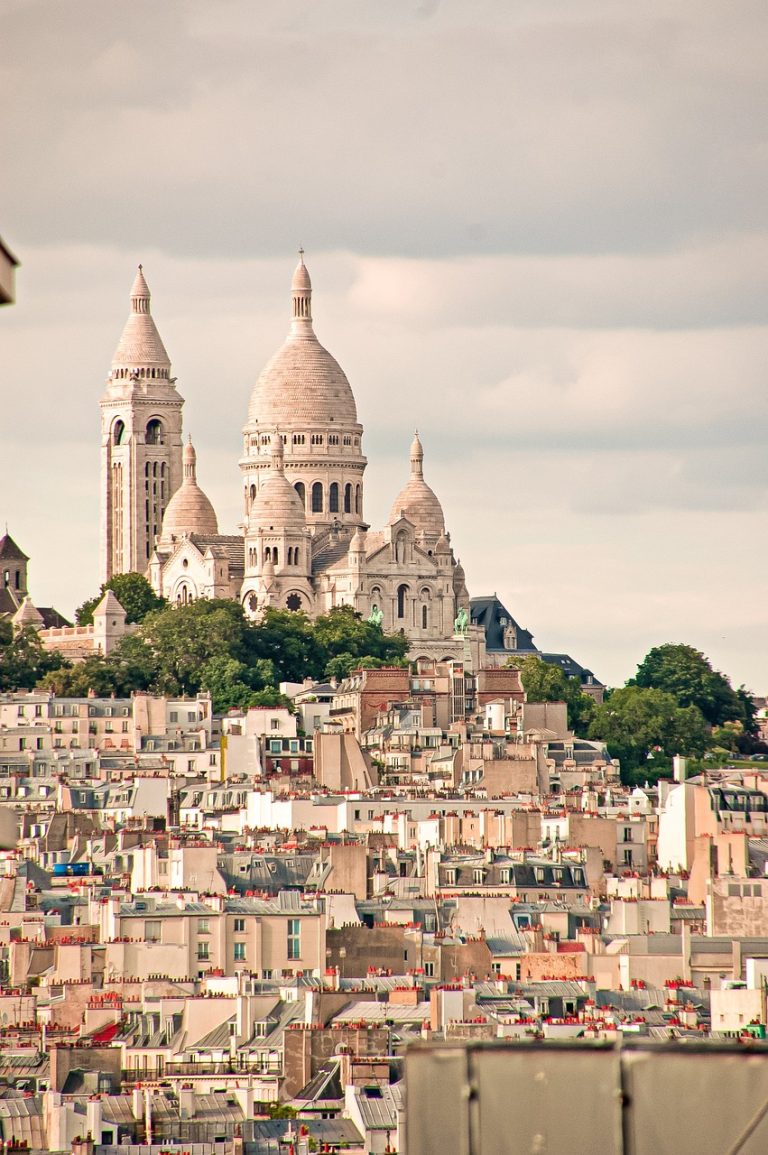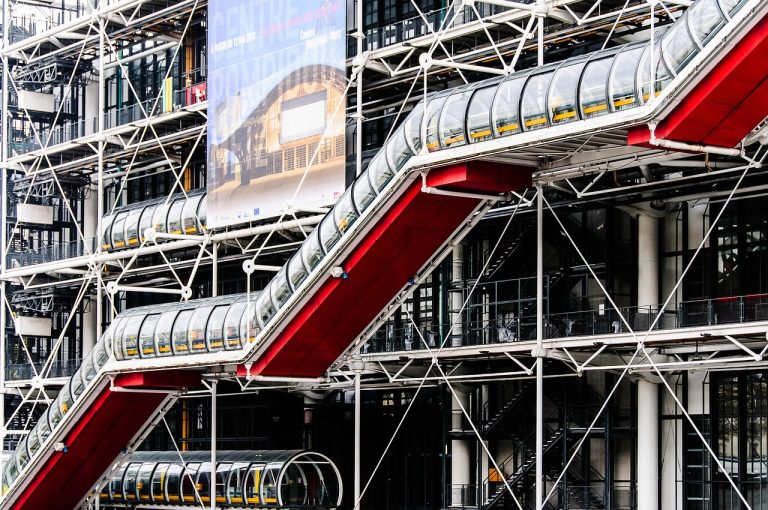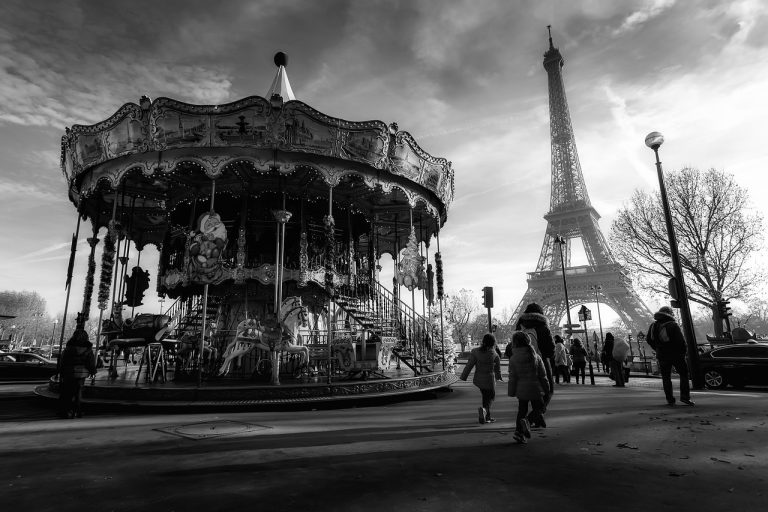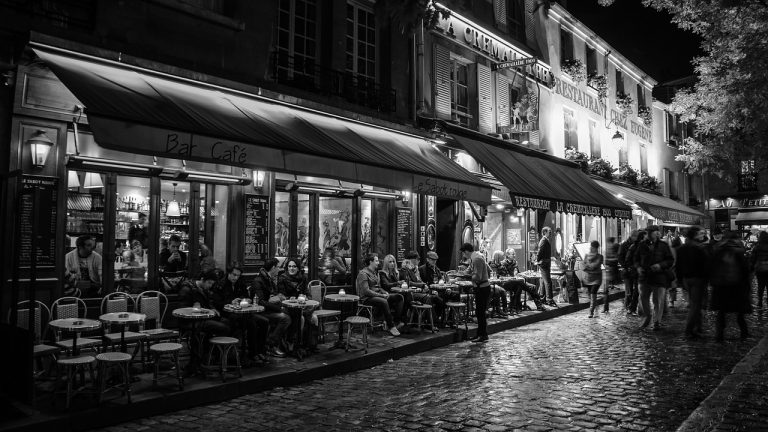Paris France Video
Historical Landmarks of Paris France: A Deep Dive
Paris, the capital city of France, is renowned for its rich history and iconic landmarks. From ancient Roman ruins to grand palaces and world-famous museums, the city is a treasure trove of historical sites. In this article, we will take a deep dive into the historical landmarks of Paris, exploring their significance and providing detailed information about each one.
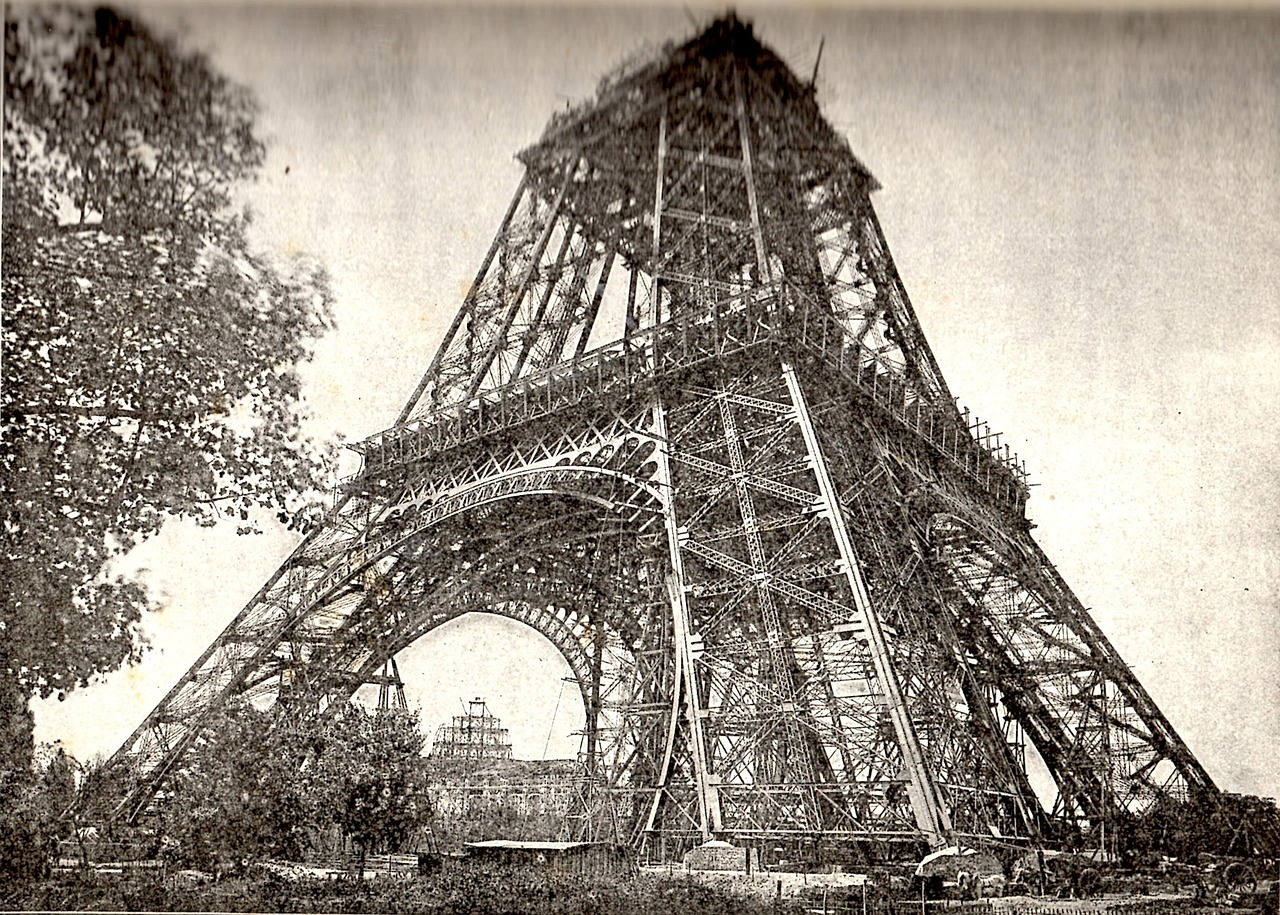
1. The Louvre Museum
The Louvre Museum is one of the most famous museums in the world and a must-visit landmark in Paris. Located in the Louvre Palace, it houses an extensive collection of art and artifacts, including the iconic Mona Lisa. The museum’s history dates back to the late 12th century when it was originally a fortress. Today, it showcases artworks from various civilizations and time periods, making it an essential destination for art enthusiasts.
- Emphasized Keywords: Louvre Museum, famous museums, art and artifacts
- The Louvre Museum is home to over 38,000 objects, including paintings, sculptures, and archaeological artifacts.
- Its collection spans from ancient Egyptian artifacts to Renaissance masterpieces.
- Visitors can admire iconic works such as the Venus de Milo and Winged Victory of Samothrace.
- The Louvre Palace itself is a historic monument, with parts dating back to the medieval period.
2. Notre-Dame Cathedral
Notre-Dame Cathedral, located on the Île de la Cité, is a masterpiece of Gothic architecture and a symbol of Paris. Construction of the cathedral began in the 12th century and took nearly 200 years to complete. It is known for its stunning stained glass windows, intricate sculptures, and majestic bell towers.
- Emphasized Keywords: Notre-Dame Cathedral, Gothic architecture, stained glass windows
- The cathedral is dedicated to the Virgin Mary and is renowned for its beautiful rose windows.
- Visitors can climb the towers for a panoramic view of Paris.
- Notre-Dame Cathedral was severely damaged in a fire in 2019 but is currently undergoing restoration.
- Its architectural significance and historical importance make it a symbol of French cultural heritage.
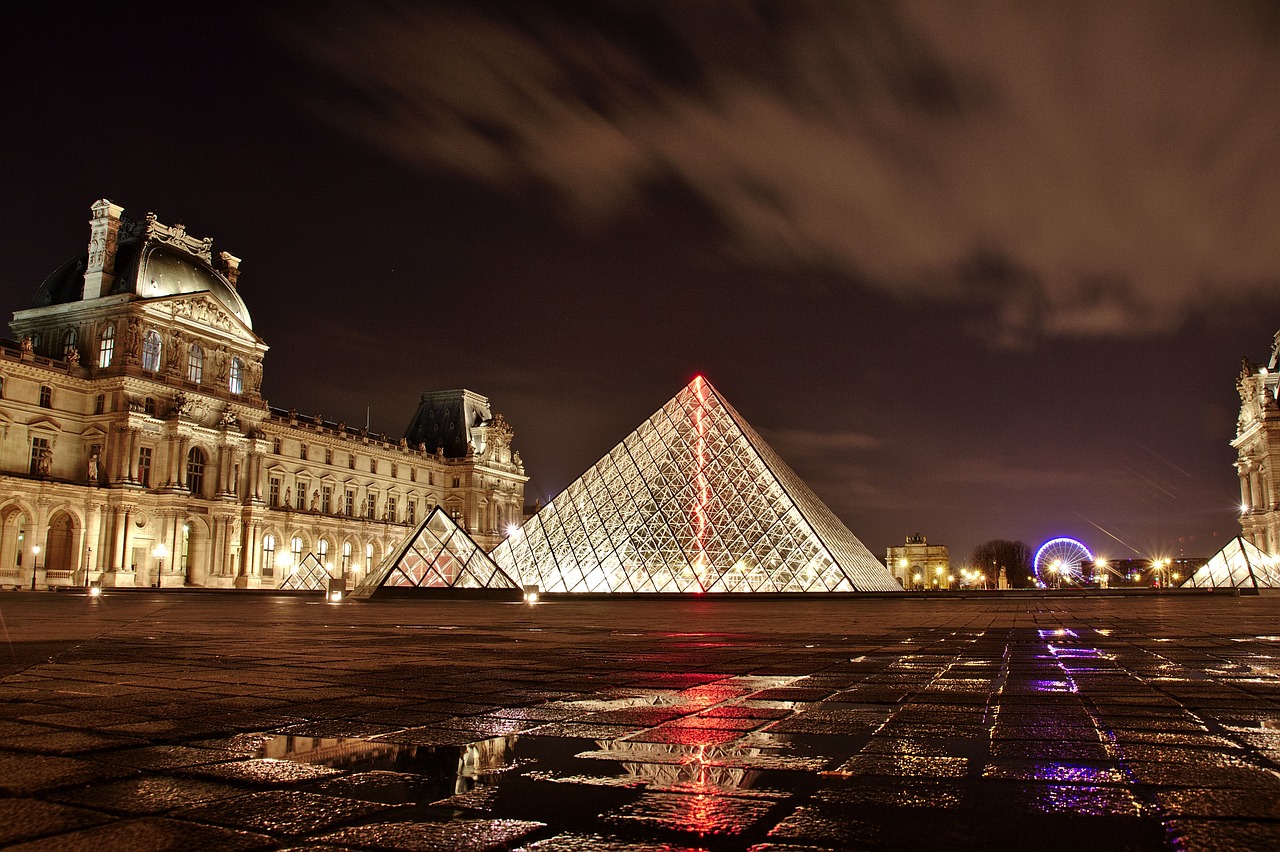
3. Eiffel Tower
The Eiffel Tower is perhaps the most recognizable landmark in Paris. Built by Gustave Eiffel for the 1889 Exposition Universelle, it was initially met with controversy but has since become an iconic symbol of the city. Standing at 330 meters tall, it offers breathtaking views of Paris from its observation decks.
- Emphasized Keywords: Eiffel Tower, Gustave Eiffel, Exposition Universelle
- The tower has three levels accessible to the public, each offering a unique perspective of the city.
- It is constructed from iron and held together by rivets, a marvel of engineering for its time.
- The Eiffel Tower attracts millions of visitors annually and is illuminated by sparkling lights at night.
- It has served as a backdrop for numerous films, making it an iconic symbol of Parisian romance.
4. Palace of Versailles
The Palace of Versailles, located in the suburbs of Paris, is a grand testament to the opulence of the French monarchy. Originally a hunting lodge, it was transformed into an extravagant palace by Louis XIV in the 17th century. The palace’s vast gardens, intricate architecture, and lavish interiors are a testament to the power and wealth of the French monarchy.
- Emphasized Keywords: Palace of Versailles, French monarchy, Louis XIV
- The Hall of Mirrors, with its 357 mirrors, is one of the palace’s most famous features.
- The palace gardens cover an area of over 800 hectares and are adorned with fountains and sculptures.
- Visitors can explore the royal apartments, the Grand Trianon, and the Queen’s Hamlet.
- The Palace of Versailles is a UNESCO World Heritage site and a symbol of absolute monarchy.

5. Arc de Triomphe
The Arc de Triomphe is a monumental triumphal arch located at the western end of the Champs-Élysées. Commissioned by Napoleon Bonaparte, it honors the French army’s victories and fallen soldiers. The arch stands as a symbol of national unity and patriotism.
- Emphasized Keywords: Arc de Triomphe, Napoleon Bonaparte, triumphal arch
- The arch is adorned with intricate sculptures and reliefs depicting various military scenes.
- Visitors can climb to the top of the arch for a panoramic view of the city.
- The Tomb of the Unknown Soldier lies beneath the arch, honoring soldiers who died in World War I.
- Each year on Bastille Day, a military parade passes through the arch, adding to its historical significance.
6. Sainte-Chapelle
Sainte-Chapelle is a stunning medieval Gothic chapel located within the Palais de la Cité complex. Built in the 13th century, it was intended to house precious Christian relics, including the Crown of Thorns. The chapel’s breathtaking stained glass windows depict biblical scenes and create a mesmerizing play of light.
- Emphasized Keywords: Sainte-Chapelle, Gothic chapel, stained glass windows
- The chapel’s upper level is dedicated to the Passion of Christ, while the lower level served as a royal chapel.
- Its stained glass windows are considered some of the finest examples of medieval craftsmanship.
- Sainte-Chapelle suffered damage during the French Revolution but was later restored to its former glory.
- Visitors can marvel at the intricate details of the chapel’s architecture and immerse themselves in its historical significance.
7. Les Invalides
Les Invalides is a complex of buildings in Paris that houses several institutions, including the Musée de l’Armée and the tomb of Napoleon Bonaparte. Originally built as a hospital and retirement home for war veterans, it now serves as a museum and a military monument.
- Emphasized Keywords: Les Invalides, Musée de l’Armée, Napoleon Bonaparte
- The Musée de l’Armée showcases a vast collection of military artifacts and exhibits.
- Napoleon’s tomb is located within the Dôme des Invalides, a magnificent domed structure.
- The complex also houses a church, a library, and various military-related institutions.
- Les Invalides is a testament to France’s military history and honors the sacrifices of its soldiers.
8. Montmartre
Montmartre is a historic neighborhood in Paris known for its bohemian atmosphere, charming streets, and the iconic Basilica of the Sacré-Cœur. The neighborhood was a haven for artists and intellectuals in the late 19th and early 20th centuries, and its artistic legacy can still be felt today.
- Emphasized Keywords: Montmartre, Basilica of the Sacré-Cœur, bohemian atmosphere
- The Basilica of the Sacré-Cœur offers panoramic views of Paris and is a popular tourist attraction.
- Montmartre’s narrow streets, cafes, and art studios are a delight to explore.
- The neighborhood was home to famous artists such as Pablo Picasso and Vincent van Gogh.
- Visitors can soak in the artistic ambiance and enjoy street performances and vibrant nightlife.
9. Panthéon
The Panthéon is a neoclassical mausoleum located in the Latin Quarter of Paris. Originally built as a church, it now serves as a burial place for distinguished French citizens. The Panthéon’s imposing dome and grand architecture make it a significant historical and cultural landmark.
- Emphasized Keywords: Panthéon, neoclassical mausoleum, burial place
- The Panthéon houses the remains of notable figures such as Voltaire, Rousseau, and Marie Curie.
- Its dome offers stunning views of Paris and the surrounding area.
- The building’s architecture is influenced by ancient Roman structures, reflecting the neoclassical style.
- The Panthéon is a symbol of intellectual and cultural achievements in France.
10. Palais Garnier
Palais Garnier, also known as the Opéra Garnier, is a magnificent opera house in Paris. Designed in the Beaux-Arts architectural style, it is considered one of the most beautiful opera houses in the world. The opulent interiors, including the grand staircase and the auditorium’s ornate ceiling, are a sight to behold.
- Emphasized Keywords: Palais Garnier, Opéra Garnier, Beaux-Arts architectural style
- The opera house offers a variety of performances, including ballets, operas, and concerts.
- Its auditorium can seat over 2,000 people and features exquisite chandeliers and luxurious decorations.
- The Palais Garnier served as the inspiration for Gaston Leroux’s novel “The Phantom of the Opera.”
- Visitors can take guided tours to explore the opulent interiors and learn about the building’s history.
Paris is a city that truly embodies history and culture, with its historical landmarks serving as a testament to its rich past. Exploring these iconic sites allows visitors to immerse themselves in the city’s fascinating heritage and experience its enduring charm.
References:
- Louvre Museum: www.louvre.fr
- Notre-Dame Cathedral: www.notredamedeparis.fr
- Eiffel Tower: www.toureiffel.paris
- Palace of Versailles: en.chateauversailles.fr
- Arc de Triomphe: www.arc-de-triomphe.monuments-nationaux.fr
- Sainte-Chapelle: www.sainte-chapelle.fr
- Les Invalides: www.musee-armee.fr
- Montmartre: www.montmartre-guide.com
- Panthéon: www.paris-pantheon.fr
- Palais Garnier: www.operadeparis.fr


